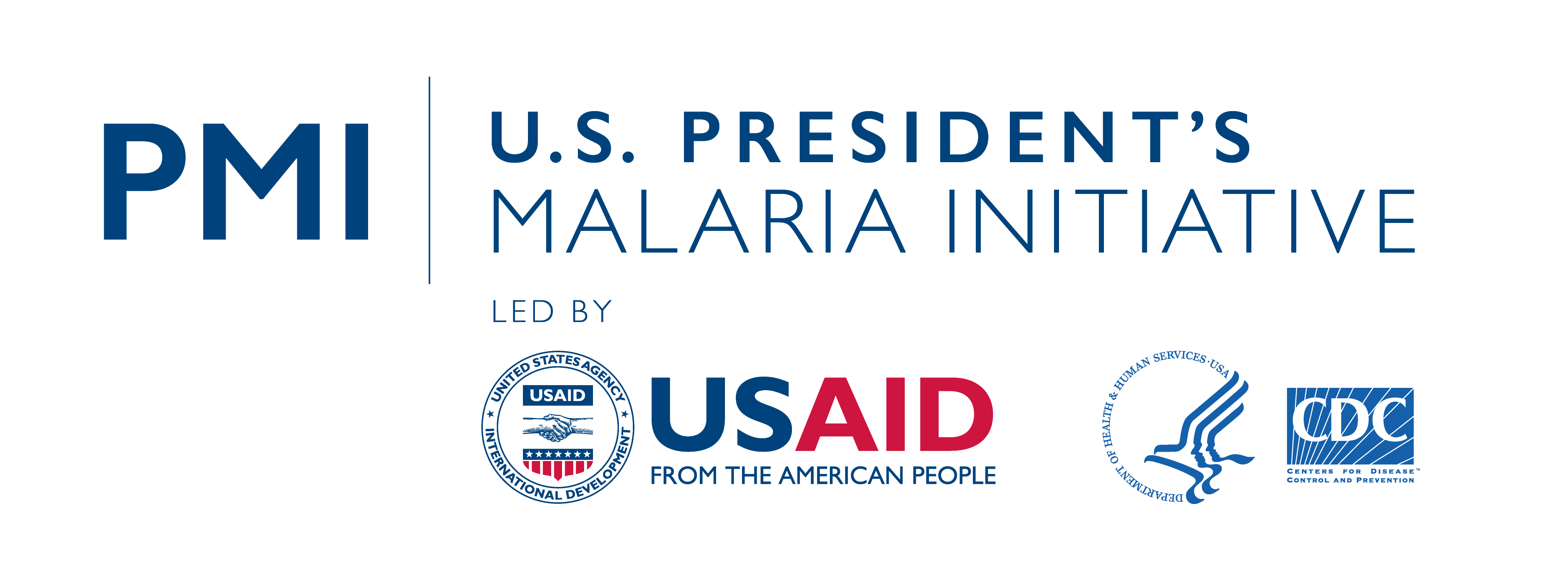Malaria is endemic in Guinea, with stable and perennial transmission. Malaria is the leading cause of health facilities visits, with the entire populace at risk of the disease. It is estimated that between 2006 and 2016, about 934,165 outpatient visits were due to malaria every year. Children under 5 and pregnant women, the two most vulnerable groups, represent 37% and 5% respectively of the total malaria cases recorded between 2014 and 2016 (Malaria National Strategic Plan 2018–2023).
Insecticide-treated nets (ITNs) are distributed for children under 5 and pregnant women through antenatal care visits and the country’s expanded immunization programs. Mass campaigns are organized every three years to maintain high coverage and use of ITNs in Guinea. School-based net distribution, the community, and the private sector are additional channels used to increase ITN availability and use. The use of insecticide-treated nets among children under 5 and pregnant women increased from 26% and 28% in 2012 to 68% and 54% respectively in 2016 (MICS, 2016). In addition, mining companies in selected sous prefectures implement indoor residual spraying.
In year one (January 2022 – December 2022), VectorLink Guinea will provide technical and financial assistance to the NMCP to enable it to monitor malaria vector bionomics and insecticide resistance. VectorLink Guinea will support the National Malaria Control Program (NMCP) to extend the Malaria Vector Control Technical Working Group to an Integrated Vector Control Technical Working Group (IVCTWG). VectorLink will support the IVCTWG to review the entomological data, and to provide information for decision making regarding malaria vector control interventions in Guinea. In 2022 VectorLink Guinea will work with the NMCP to set up quarterly meetings of the IVCTWG and will scale up the capacity of prefectures and NMCP staff.
After a successful startup and handover of entomology activities from the Stop Palu Plus project, Vectorlink Guinea successfully trained 13 technicians on malaria entomology. The participants came from the NMCP and seven prefectures (districts): Kissidougou, Labe, Dabola, Kankan, Boffa, Faranah and Forecariah. The capacity strengthening effort will enable national and prefectural government staff to conduct quality entomological monitoring to provide data for decision making regarding malaria vector control in Guinea.
VectorLink Guinea will continue to support the NMCP in assessing the susceptibility status of An. gambiae s.l., in seven prefectures and in conducting comprehensive vector bionomic monitoring in four sentinel sites selected in Forecariah. The information collected on vector density, seasonal distribution, behavior, and infectivity will be used to support the NMCP on estimating the impact of vector control intervention conducted in Forecariah. The susceptibility data will support decision-making for ITN selection and for insecticide resistance management.
Additional objectives for VectorLink Guinea in 2022 are as follows:
- Determine the susceptibility of the main malaria vector, gambiae s.l., to deltamethrin, permethrin, alpha-cypermethrin, chlorfenapyr, pirimiphos-methyl, and clothianidin. Additionally, pyriproxyfen and broflanilide will be tested whenever the protocol is finalized and reagents available.
- Perform synergist assays with piperonyl butoxide (PBO) and pyrethroids and measure the intensity of resistance to insecticides, where appropriate and feasible.
- Monitor the density, species composition, behavior, infectivity, and parity of malaria vectors in four sentinel sites in Forecariah.
- Scale up the capacity of NMCP and district health staff to collect entomological data and use it in decision-making.
- Provide technical support to the integrated vector management technical working group.

